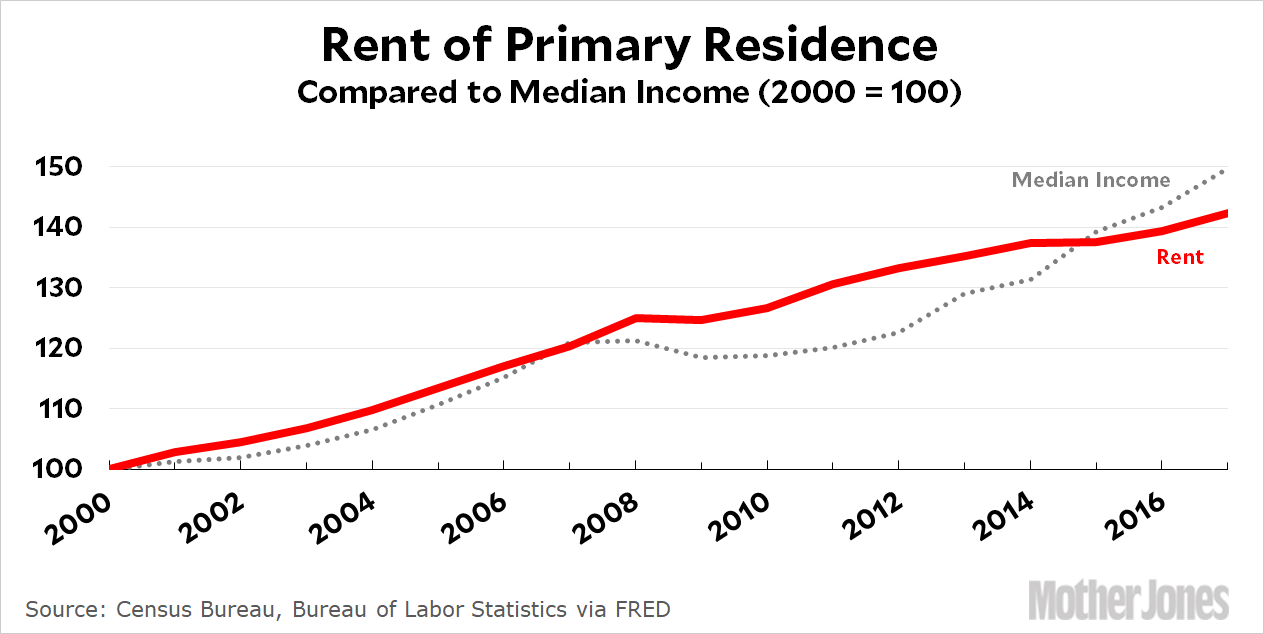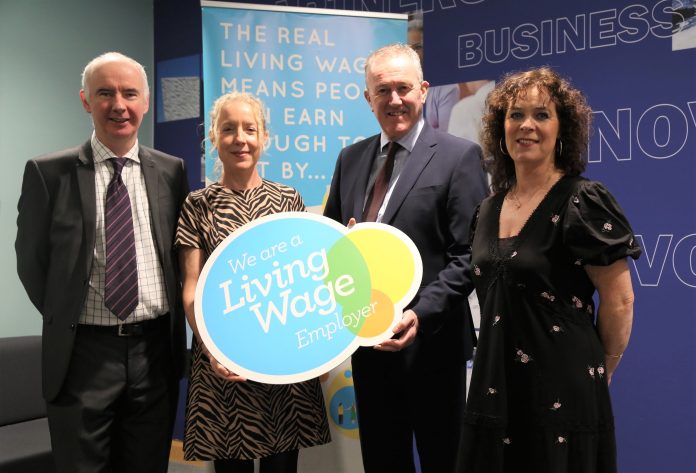Buying a council house in the UK remains a popular option for long-term tenants looking to take control of their living arrangements. With the introduction of the buying a council house new rules 2025, the government aims to make the Right to Buy scheme fairer and more sustainable. Whether you are a first-time buyer or a tenant who has been waiting for the right moment, it’s important to understand how the new rules will affect your application, eligibility, discounts, and responsibilities after the purchase.
The changes, officially implemented in November 2024, have already altered the way thousands of tenants across England view homeownership. From updated discount limits to stricter eligibility requirements and resale conditions, these rules are essential reading for anyone interested in buying a council house in 2025. This guide will walk you through everything you need to know in simple terms.
What is the Right to Buy Scheme?
The Right to Buy scheme was originally introduced to help eligible council and housing association tenants purchase their homes at a reduced rate. Under the buying a council house new rules 2024, this government-backed initiative has undergone several changes to balance homeownership opportunities with the long-term need for social housing.
To qualify, you generally need to be a secure tenant with a public sector landlord for at least five years, an increase from the previous three-year requirement. You can apply alone or jointly with family members who have lived with you for 12 months. These new guidelines aim to prioritise committed residents and prevent property flipping or exploitation of discounts.
Eligibility Updates in the 2025 Rules
Under the buying a council house new rules 2025, tenants must meet more rigorous conditions to be eligible. In addition to the five-year minimum tenancy period, applicants will now be assessed based on their behaviour as tenants. If you’ve breached tenancy terms—especially relating to anti-social behaviour—your Right to Buy may be refused.
The updated rules also ensure that the applicant’s property must be their only or main residence. Subletting during the tenancy could make you ineligible. Councils are now more empowered to investigate the occupancy status before approving a Right to Buy application. These measures help ensure that only genuine, long-term tenants benefit from the scheme.
Changes to Council House Discounts
One of the most appealing aspects of the scheme remains the discount structure. Under the buying a council house new rules 2024 England, discounts have been adjusted and capped regionally. For houses, tenants begin with a 35% discount, increasing by 1% per year up to 70% maximum. For flats and maisonettes, the discount starts at 50% and increases by 2% annually, also capped at 70%.
However, the maximum cash discount limit has changed. For example, in London, the limit remains high due to property prices, but regions like Yorkshire and the Humber now face reduced caps, sometimes as low as £24,000. These limits affect how much equity you can gain instantly, making it essential to understand your regional cap before proceeding with the application.
Selling or Renting After Buying: What You Should Know
Many tenants ask how long after buying a council house can you sell it or how long after buying a council house can you rent it out. The answers have become more defined under the 2025 changes. If you sell within five years, you must repay all or part of the discount. The amount repayable depends on the market value and how long you’ve owned the property.
Moreover, if you sell within ten years, the law requires you to first offer the property back to the council or housing association. Renting it out, especially within the early years of ownership, typically requires permission from the local authority. Leasehold flats have stricter conditions, and unauthorised subletting can lead to legal issues, including forfeiture of the lease.
Buying a Council Flat: Additional Considerations
Buying a council flat can be slightly more complicated than purchasing a house due to leasehold conditions. When you buy a flat through Right to Buy, you do not own the land—it’s leasehold. This means you may be responsible for service charges, building maintenance, and even major works, which can be quite expensive.
Under the buying a council house new rules, councils are now required to be more transparent about upcoming charges and lease terms. Be sure to request a full breakdown of responsibilities before signing. In many cases, it’s recommended to hire a solicitor with experience in leasehold council properties to ensure you’re fully protected and informed.
Application Process: How to Get Started
If you’ve decided to apply under the buying a council house new rules 2025, the process starts with filling out the RTB1 form and submitting it to your local council. The landlord has up to four weeks to respond (or eight weeks if you’ve been with them for less than five years). If they agree, you’ll receive a Section 125 Notice outlining the property value and your discount.
You’ll then have 12 weeks to accept or reject the offer. It’s highly recommended to seek independent legal and financial advice at this point. With the new rulebook, especially for leasehold purchases, your solicitor will ensure you understand your long-term obligations. Make sure you also compare mortgage options early, as lenders may apply their own criteria for ex-council homes.
Conclusion
With the buying a council house new rules coming into full effect in 2025, tenants must adapt to new eligibility criteria, discount limits, and legal expectations. While the scheme still offers a great opportunity for affordable homeownership, it now demands a more thorough understanding of your rights and obligations.
Take time to review your tenancy record, seek legal advice, and consult your council about regional discount caps. The dream of owning your council home is still within reach—just be sure to go into the process fully prepared and well-informed under the current legal landscape.
Frequently Asked Questions
What are the buying a council house new rules in 2025?
They include updated tenancy requirements, stricter checks on behaviour, adjusted discount caps, and resale limitations.
How long after buying a council house can you rent it out?
Usually, you must obtain permission from the local authority and comply with lease terms, particularly if it’s a flat.
How long after buying a council house can you sell it?
You can sell at any time, but selling within five years may require you to repay a portion of your discount.
What is the maximum discount when buying a council house?
The discount is capped at 70%, but the cash limit varies by region—for example, lower in Yorkshire and higher in London.
Where can I find the buying a council house new rules 2024 PDF?
The latest version is available on the official GOV.UK website and includes full legal terms and guidance.
Is buying a council flat different from buying a house?
Yes. Flats are usually leasehold, which involves additional charges like service fees and building maintenance responsibilities.
You may also read: What is Propertymark and Why It Matters




